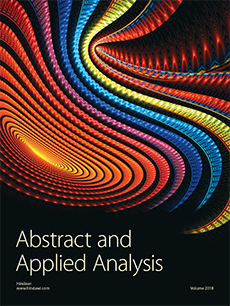Abstract
Artificial intelligence methodologies, as the core of discrete control and decision support systems, have been extensively applied in the industrial production sector. The resulting tools produce excellent results in certain cases; however, the NP-hard nature of many discrete control or decision making problems in the manufacturing area may require unaffordable computational resources, constrained by the limited available time required to obtain a solution. With the purpose of improving the efficiency of a control methodology for discrete systems, based on a simulation-based optimization and the Petri net (PN) model of the real discrete event dynamic system (DEDS), this paper presents a strategy, where a transformation applied to the model allows removing the redundant information to obtain a smaller model containing the same useful information. As a result, faster discrete optimizations can be implemented. This methodology is based on the use of a formalism belonging to the paradigm of the PN for describing DEDS, the disjunctive colored PN. Furthermore, the metaheuristic of genetic algorithms is applied to the search of the best solutions in the solution space. As an illustration of the methodology proposal, its performance is compared with the classic approach on a case study, obtaining faster the optimal solution.
Citation
Juan-Ignacio Latorre-Biel. Emilio Jiménez-Macías. Mercedes Pérez de la Parte. Julio Blanco-Fernández. Eduardo Martínez-Cámara. "Control of Discrete Event Systems by Means of Discrete Optimization and Disjunctive Colored PNs: Application to Manufacturing Facilities." Abstr. Appl. Anal. 2014 (SI19) 1 - 16, 2014. https://doi.org/10.1155/2014/821707





